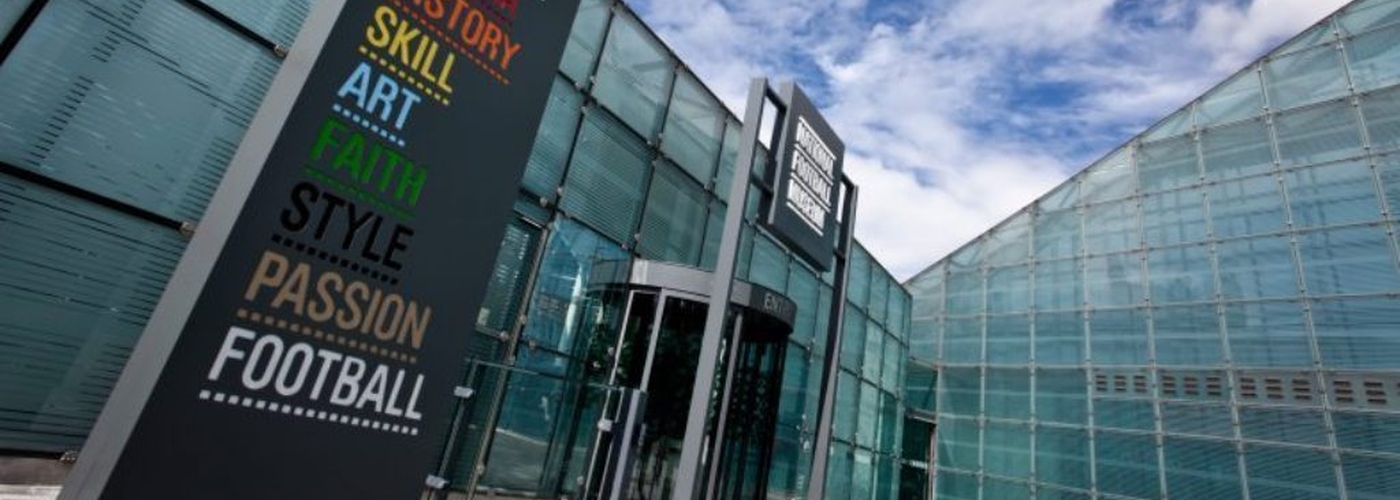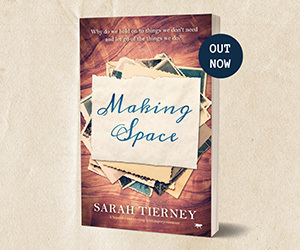Jonathan Schofield asks if the idea of charging for entry sets a very bad precedent
ONE of the great attributes of British culture that has survived that God-awful word ‘austerity’ and all the machinations and variables of the headless chicken moment of Brexit, is free entry to our museums and galleries.
This magnificent example of civic generosity has encouraged millions of people to take time out to discover beautiful or fascinating objects in fine buildings. It is an aspect of UK life that astonishes most overseas visitors, as elsewhere it is normal to charge for entry into cultural institutions.

Here are a couple of examples from France. To get into the Paris Science Museum costs 12 Euros per adult, as does visiting the Lyon Museum and Art Gallery for the collections and temporary exhibitions. Anybody who has been on a weekend break in Europe understands how entry fees start to add up ominously, especially if you have a family.
So the fact the National Football Museum (NFM) has announced it is breaking ranks from this British tradition and intending to charge visitors is unwelcome news.
Charging might encourage other museums and galleries to follow suit
This is the official spiel.
‘From 14 January 2019, the NFM, one of Manchester’s leading cultural attractions, will be refocusing and refreshing its offer for the hundreds of thousands of people who visit every year. The move is part of a bid to become financially self-sustaining and more responsive to community needs.
‘The museum, funded primarily by Manchester City Council, will improve its cultural and historical offer, work more with marginalised sections of society and evolve its exhibition space to explore ‘football’s central role in our lives and our world. Because of the unique nature of its funding, the NFM will remain free of charge to all city of Manchester residents and to all Manchester schools. All other visitors will have the opportunity to buy a one-off ticket that will allow them to come back to visit a rolling programme of events and exhibitions as many times as they want for a whole year.’
All that talk of ‘improving’ things masks the real reason. The museum can dress this up as much as they want but fundamentally the £10 charge for adults, £5 for kids, £25 for a family of four, from outside Manchester, is a retrograde step. OK, if you hold on to the ticket and don’t lose it then you can come back throughout the year but practically how many people will do this?

The real story is in the figures for the running costs. Latest running cost figures were £2,109,491 per annum. The City Council grant is currently £1.65 million but from April 2019 will be reduced by £200,000. Meanwhile; ‘From time to time NFM receives funding from the Arts Council, Heritage Lottery Fund for projects, The FA part funded the 1966 exhibition a couple of years ago. A couple of commercial sponsors in the past - Sports Interactive (SI) and EA Games. These are all ad hoc and not regular. The English Football League gave money a few years ago for an exhibition about the football League. Again this was a one-off.’
Creating an entry charge might be an own goal. With currently more than 400,000 visitors it would seem that to attract the extra numbers to bridge the funding shortfall the museum will have to run a lot faster. In other words it will have to revive some of the tired elements of the exhibitions, make the place more exciting. One idea mooted is to attract large-scale temporary exhibitions, which seems obvious, as does a bigger focus on women’s football given its growing profile.

What NFM could certainly do is boost numbers by promising more stardust sprinkling from the international glamour game that is global football. What about bringing in top ex-players from around the world, such as the ones featured on the NFM Walk of Fame? Why isn’t every England game made into a big live event, with former players as guests?
Meanwhile couldn’t the moneybags local footy institutions help in keeping the museum free? The council cash reduction is less than the weekly wage of United’s Pogba or City’s Aguero.
Further if local philanthropists can provide at least £12m for work at the nearby Cathedral and Chetham’s School of Music and Library why can’t any of the filthy rich Premier League, FA or Football League raid their coffers?
The breaking news about charging makes great play of working with ‘marginalised sections of society’. Chief Executive, Tim Desmond, says: ‘We aim to make the museum more representative. As part of this, we are launching the National Football Museum Community to increase our social impact by using football heritage to promote equal opportunities and raise attainment, improve mental health and increase self-confidence.’
Thus there will be: ‘new opportunities for volunteers; community projects; further adult learning courses, and fortnightly football memories sessions for people living with dementia’.
Good. This is exactly what museums such as NFM should be doing, but will these worthy initiatives increase visitor numbers and revenue in and of themselves? Probably not. Given modern museums are obliged in their constitutions to perform such work, then the inclusion of these standard procedures in a bad news statement about charging seems at best, an excuse, at worst, cynical.
What is beyond doubt is this is a worrying initiative by NFM. Charging might encourage other museums and galleries to follow suit, and if that is the case, then it is a very bad precedent indeed. Of course these are straitened times, but increasing revenues through events and temporary exhibitions seems a better path than charging. Britain must hold on to its intelligent tradition of free museums and galleries. In a difficult decade it is something of which we can be very proud.















